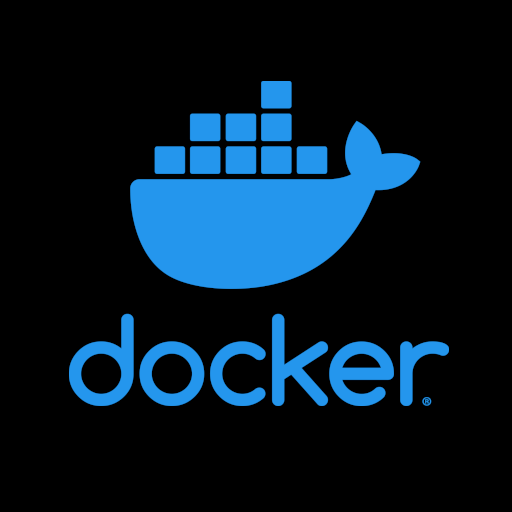

Selfhosting is a hobby for me, and as such I am constantly experimenting in “production.” It would be unwise to link to a page that can and will go down any moment.
reject humanity, become toaster | she/they | experimenting with names


Selfhosting is a hobby for me, and as such I am constantly experimenting in “production.” It would be unwise to link to a page that can and will go down any moment.


german programmers trying to translate Unterstrich


fundamentally, an llm doesn’t “use” individual sources for any answer. it is just a function approximator, and as such every datapoint influences the result, just more if it closely aligns with the input.


it was forbidden before?


when you say /home/(removed)/... is that verbatim, or is (removed) supposed to indicate you redacted that part?


have you tried opening a shell inside the container and looking around if anything is mounted where it’s supposed to?
how about 2, but the giraffe neck is the regular diameter


Yes, but why would you want to? We have enough addresses for the foreseeable future.


AFAIK, they only offer the opt-out form in the EU and UK


Note: not every provider supports this.
Also, gmail addresses ignore periods. my.email@gmail.com and myem.ail+service@gmail.com will end up in the same inbox


So, how long until they delete the comment section outright?


Perhaps the Arch Linux repo has a “preview” version then, because I was able to add scribbles and text anywhere for many months by now…


Call me crazy, but hasn’t this been a feature for a while now?


I think SFTP would work plenty. On linux you can use rclone to mount it, and Android has many file managers that support it (personal favorite is Total Commander with the SFTP plugin)
You could also certainly host a full Nextcloud instance, but it might be a bit overkill


You can use a DNS challenge to show you are in control of the domain without having anything exposed to the net. Essentially LE gives you a special value you have to add as a TXT DNS entry. LE will check if this record exists for your domain, and gives you a certificate, no public IP involved. This even allows you to create wildcard certificates.


I use sendgrid, it only requires some DNS entries for Domain Authentication. Also regarding the catch-22, if you use Cloudflare for DNS, you could use their email routing to forward incoming mails to Gmail

Input means the packet stops at the router, like when you access its web ui. I don’t think you want to give the internet access to your router settings :)

yes, lan is the Local Area Network, wan is the Wide Area Network. The zone lan refers to the devices on the local side, wan to the great internet.

Disclaimer: I am not a professional network engineer, this is just what i found out after researching some iptables terminology.
the lan => wan is perhaps a bit misleading.
lan is the zone, or which side of the router this firewall rule is in reference to.
wan is another zone, the arrow shows where packets of type Forward are ending up.
When forward on the wan interface is set to reject, it essentially means no device from outside may initiate a connection. However, they may respond to already opened connection.
I don’t yet know what masquerade does.
From a grid stability point, you can’t produce more than is used, else you get higher frequencies and/or voltages until the automatics shut down. It’s already a somewhat frequent occurence in germany for the grid operator to shut down big solar plants during peak hours because they produce way more power than they can dump (because of low demand or the infrastructure limiting transfer to somewhere else)
Negative prices are the grid operator encouraging more demand so it can balance out the increased production.